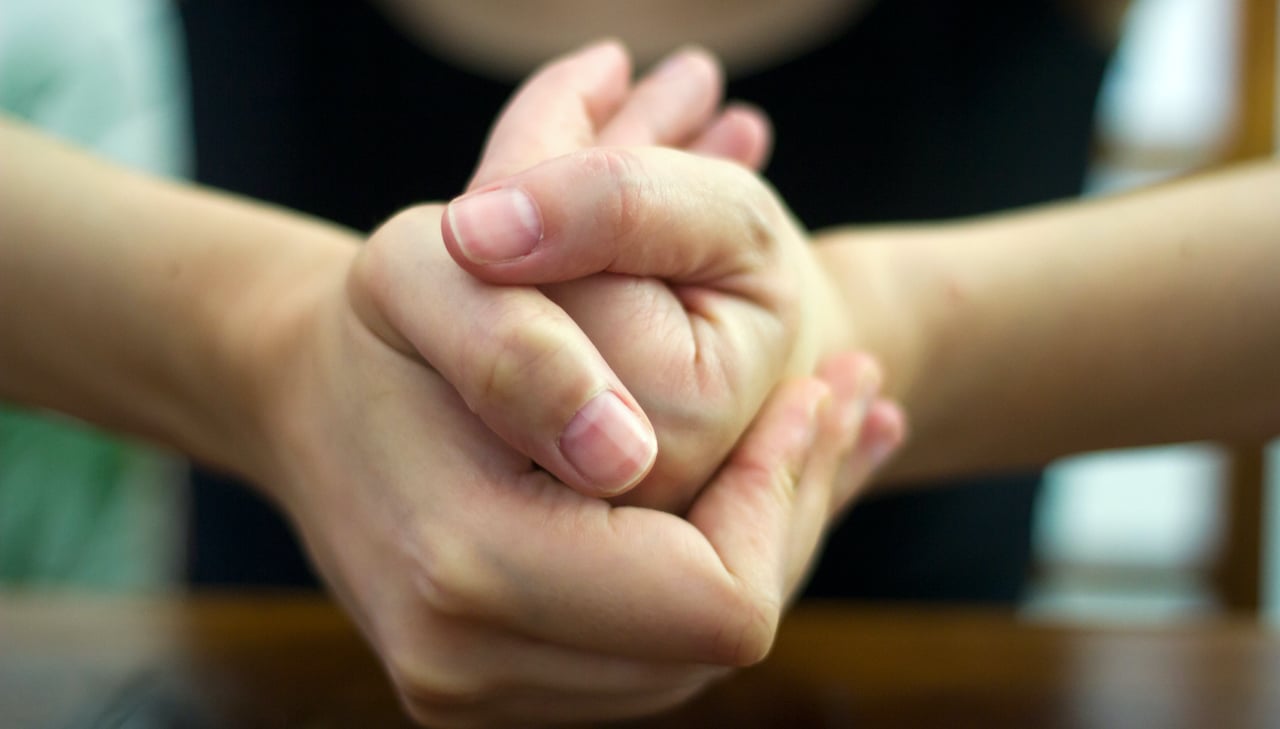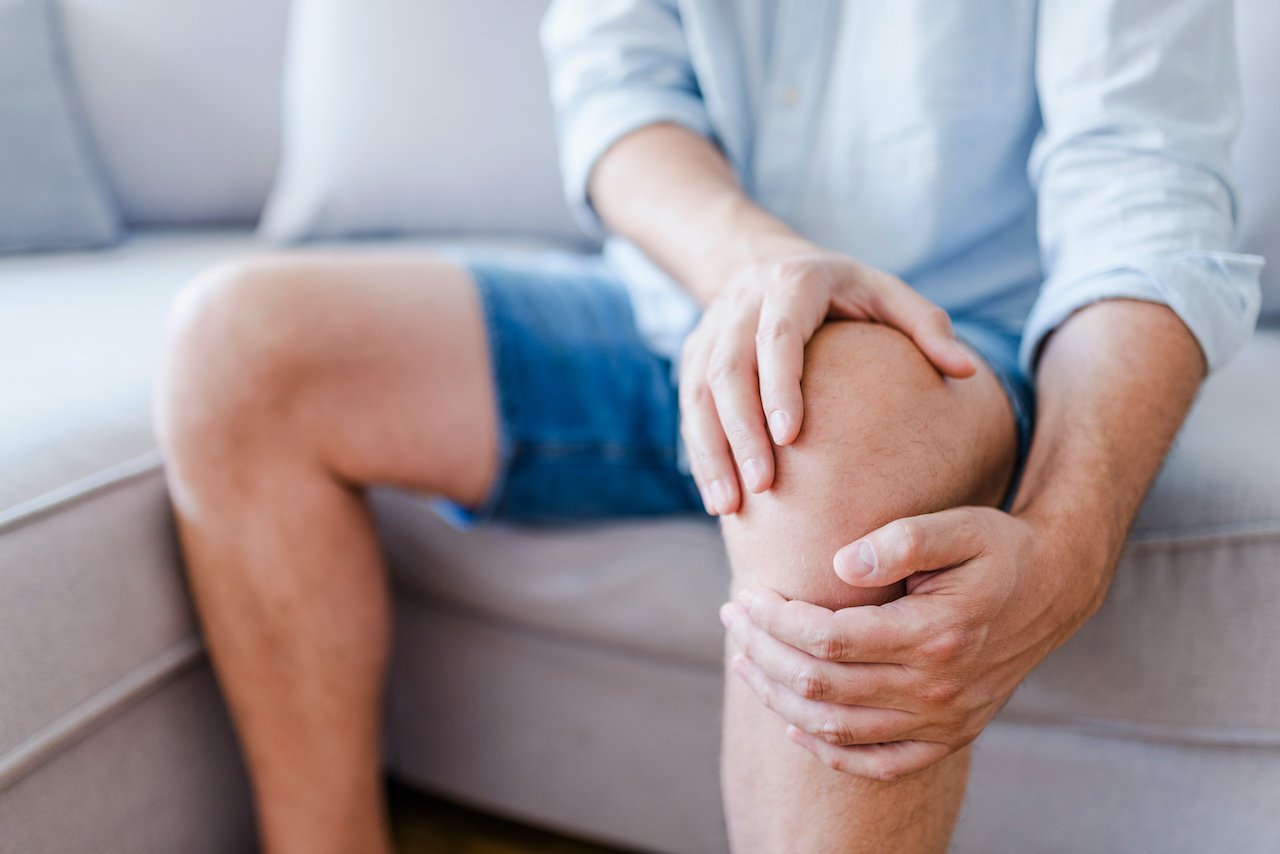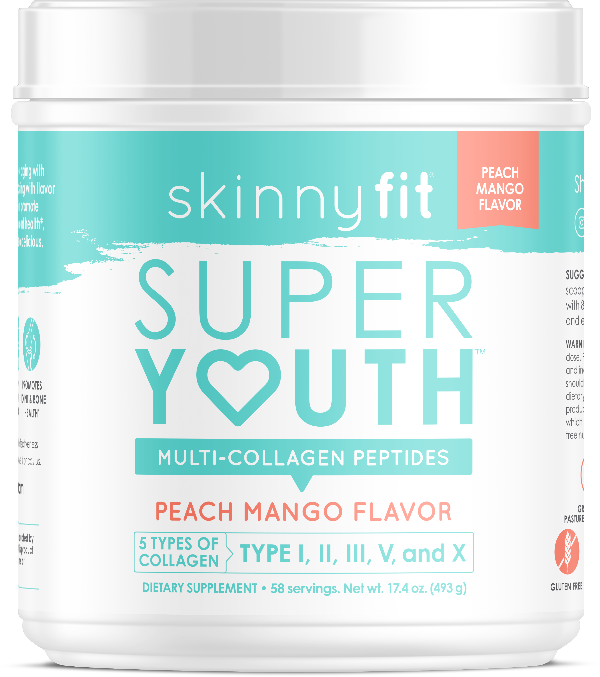It started with my knuckles. As a little kid, I used to love the loud snap, crackle, pop my knuckles made when woven together like a Cat’s Cradle and flexed backwards. The sound still sends strongly satisfying tingles down my spine. Any time someone asked “Why do joints pop?” they were always met with the same answers:
“Gas in your bones!”
“Arthritis!”
“Muscles!”
“Gross!”
Oddly enough, it turns out almost all of those answers were at least a little correct. What wasn’t correct was my mother warning that cracking my knuckles would make them so big I wouldn’t be able to wear gloves! It turns out, abnormally cracking joints are known as crepitus. Crepitus can be faint and unnoticed, or so loud that even other people can hear it. There are many reasons for cracking joints, and most clicks and pops you hear are completely harmless. However, there are times when popping joints indicates a moderate or serious joint issue that should be examined by a medical professional.
In this blog, I’ll answer questions like, Why do joints pop? What do popping joints mean? And, How do I stop my joints from sounding like a 1990s Snap, Crackle, Pop cereal commercial?! I’ll even provide first-hand advice on how I’ve been able to minimize crepitus from neck to toe.
Article At A Glance

Why Do Joints Pop, Crack, & Make Sound?
Doctors and scientists have been researching crepitus for decades, investigating the causes of cracking joints. And to be sure, there are many. Cracking joints can either be physiological, meaning that it’s natural and of no concern, or pathogenic, meaning the clicking sounds are symptomatic of a more serious issue.
But far, far, far more often than not, you have nothing to worry about. Nonetheless, let’s dive into the usual suspects for crepitus.
1. Nitrogen releasing from your joints
When weaving my fingers together and extending into a satisfying, if spine tingling, crack, the noise emitted is actually the release of nitrogen buggles from within our joints.
How did nitrogen get into our joints? Actually, nitrogen is just one of a number of gases circulating our joints within synovial fluid. Synovial fluid is our body’s version of motor oil—we need it to move smoothly and keep joints lubricated. Certain movements close the space between our joints, compressing the gases, and forcing their rapid—and audible—release in a process doctors call cavitation.
This is the cause of most creepy crepitus cases, and is nothing at all to worry about. It won’t cause osteoarthritis and, no matter what your mother said, it won’t make your knuckles too big for a wedding ring. [1]
2. Tight muscles
Why do joints pop at the gym when they’re usually silent at home? The answer may be that your muscles are simply tight. Taught muscles can snag or catch on your joint bones if you jump right into an exercise without warming up first.
When your joints are stiff, exercises such as weight lifting or push ups can cause friction around the bone, often resulting in popping sounds. While cracking joints isn’t necessarily a bad thing under these circumstances, working out with cold muscles can lead to tears and long-term injury. In which case, joint clicking will be the least of your worries. [2]
3. Cartilage wearing away with age
Unwanted as it is, the wearing down of cartilage as we age is also completely normal. The friction caused by roughness in our cartilage creates these sounds, but usually it’s no cause for concern.
However, in some cases it is indicated of osteoarthritis or rheumatoid arthritis. In these cases, cartilage is degrading, and can lose its ability to effectively guard your joint from friction and impacts, such as experienced walking or jogging. When bone-to-bone grinding occurs, cracking joints are often accompanied by pain, swelling, or other symptoms of arthritis. [3]
4. Tight ligaments or tendon snapping
Our tendons and ligaments are made of connective tissue that allows our joints to function properly.
Ligaments connect two or more bones. As with cold muscles, when those bones are moved suddenly or in awkward ways, the ligaments connecting them can pop and crack in protest, sometimes followed by a light sensation.
Tendons, on the other hand, connect muscles to bones. Tendon snapping can occur when tendons move over bone and catch on protruding pieces. This can be a very unsettling feeling. When painless, it’s a sign of physiological popping and no cause for concern. But when accompanied by pain, the tendon snapping is pathogenic, and should be examined by a doctor. [4]
5. Tears & joint instability
We’ve all heard of torn muscles or ligaments. Hopefully few of you have had to experience it. Rotator cuff tears are relatively common and one of the usual suspects in shoulder injuries. But we can also experience tears or lesions in our cartilage, such as our labrum or meniscus. In some cases, popping joints may be an indicator of a small tear in your joint cartilage or muscle. In serious cases, it’s the least worrisome side effect, well behind pain, reduced range of motion, and other symptoms. [5]
Popping or clicking is common in cases of joint instability, as well. [6] Joint instability often precedes injury or tears, and should be taken seriously.
Many people who opt for surgery to repair such tears hear cracking joints afterwards. Oftentimes, these noises fade away during recovery.

What Does It Mean When Your Joints Pop?
Our joints are relatively complex structures. Within and around any given joint, or articulation, you’ll find nerves, tendons, ligaments, muscles, membranes, and two or more bones.
And space.
This space is very important, because it gives our joint bones room to move freely without rubbing against each other. It’s occupied by cartilage and synovial fluid, a lubricant our tissues create to help our joints bend, glide, and rotate smoothly. Usually, without a sound.
But, our joints begin cracking more and more often as we age. Suddenly, it’s no longer just our knuckles—there’s an entire articular orchestra popping and clicking from our ankles, knees, hips, back, elbows, shoulders, neck, and wrists.
This, too, is natural. The cartilage and synovial membrane are less smooth. [7] Over the years, the cartilage and synovial fluid acting as a cushion between our joints thins away. Generally, this isn’t a big deal. It’s just your body letting you know your joints are looking a little rough around the edges, nothing a little movement can’t work out.
When accompanied by pain or unsettling sensations, popping joints can be pathogenic. Be it osteoarthritis caused by bone-to-bone friction or labrum tears from a shoulder injury, in these rare cases, medical treatment should be sought. It may be that the cushioning between your joint bones has worn down too much, or that muscles and tendons are in poor shape.
But whether you find popping and cracking joints painful or just annoying, there are things you can do to reduce crepitus.
How To Stop Popping Joints
Just as there are numerous reasons why joints pop, there are a number of things you can do to help silence them. Let’s take a look:
1. Move around more regularly
Now that you know stiffness of muscles, tendons, and ligaments can cause popping joints, it makes sense that movement and stretching can go a long way in reducing audible crepitus.
I personally start each day with a gentle morning yoga flow for 5-15 minutes (usually while my coffee is brewing). It’s not uncommon for my joints to pop constantly in the first part of this morning movement. Tendons in my hips snap loudly during my first few warrior 2 poses and my ankles click and pop through each downward dog. But eventually my joints start to warm and loosen up, and the cracking sounds mostly subside.
Crepitus can often be muted by building up muscles around your joints. The American Association of Orthopedic Surgeons (AAOS) recommends strengthening exercises to build up hamstring and quadricep muscles around the knee to provide greater support and reduce articular cartilage wear and tear. [8] Here are some great leg strengthening exercises to help you get started.
2. Ease up on repetitive motions
If you’ve ever heard clicking or popping joints at the gym, it’s usually an indication of a tight muscle, as discussed above. A mild warm up or gentle stretching may make that snapping sound disappear.
When I hit the gym, I like to think of these little clicks as an alarm clock reminding me to warm up before really diving into the weights. Working out tight muscles can lead to tears that can be far worse than a few clicks and pops here and there.
3. Take a daily collagen peptide supplement
One of the most overlooked treatments for cracking joints is increasing your collagen intake, particularly through supplementation, such as collagen powders.
Connective tissue makes up a large portion of each joint. And guess what? Collagen makes up a large portion of connective tissue! The thing is, our collagen levels decrease rapidly as we age past 30. This can lead to inflammation and unnecessary stress on your joints and surrounding tissue.
Supplementation resupplies your joints (as well as skin, hair, and nails) with collagen, particularly collagen type II and type X. Of the 16 known collagen types, these two collagen types work to support your body’s joints and prevent wear and tear. Significant improvement in knee functionality has been observed in studies. [9]
Instead of buying type II and type X collagen in separate powders, I recommend SkinnyFit Super Youth multi-collagen peptides. It contains five types of collagen from four premium sources. Be sure to take the right amount of collagen for your needs.
For painful joints, try taking two to three scoops of Super Youth per day. Cracking joints may subside with one to two scoops per day; and if you’re just looking to upkeep your generally good bone and joint strength, one scoop of Super Youth collagen should suffice. You can read all about how to use collagen powder here.
Besides growing support from the medical community, one of the benefits of collagen powder is how easy it relieves joint pain. A couple scoops per day in your smoothie, food, or water can have you feeling better in just a few weeks!
 4. Lose weight
4. Lose weight
Being overweight or obese can actually take a tole on your joints, particularly your knees. Overweight people who suffer from osteoarthritis regularly report knee pain during movement, with popping and clicking during certain movements.
Weight loss has been shown to reduce the severity of osteoarthritis, as well as the pain associated with it. This is because it alleviates joint stress and inflammation. [10] Due to reduced inflammation and articular grinding, popping and cracking sounds may also be reduced.
It’s also worth mentioning that daily supplementation with collagen powder can repair the lining of your gut, improving your digestive health, and therefore, assisting with weight loss.
5. Seek medical treatment
In cases where popping joints is in fact pathological, medical treatment can sometimes be effective at treating the source of the problem. Remember that clicking joints can be an audible response to a bigger problem.
Let’s say you have damaged cartilage or bone, arthroscopic debridement may remove fragmented tissue and alleviate catching during certain movements. But remember, arthroscopy isn’t always a sure-fire solution, studies and anecdotes both support the cold, hard fact that you might undergo surgery and a lengthy recovery with no significant improvement. [11]
Sometimes, physical therapy can help increase stability in the injured joint. This is important for joint health, but may also help mute those off-putting sounds emanating from your joints.
Whatever the case, and whatever the outcome, it’s worth knowing that the purpose of medical treatment is not to relieve popping noises, but rather the symptoms causing them.
The Bottom Line On Popping Joints
So, why do joints pop? At the end of the day, the answer is, because it’s natural.
We all experience popping joints at some point. If it’s followed by pain or odd sensations, just go see a doctor—it’s worth it in the long run.
But for the most part, whether it’s our knuckles or our knees, our hips or back or neck, popping joints is harmless. Doing so won’t give you arthritis or enlarge your knuckles. (Sorry, Mom!)
You can quiet crepitus with regular movement, and collagen to further support aging joints!
Regardless, unless you experience accompanied discomfort, clicking joints are nothing to worry about.
And, in the words of Forrest Gump, “That’s good. One less thing.”
Mentioned In This Post
SkinnyFit Peach Mango Collagen
Look and feel younger with Super Youth Peach Mango! This fruity collagen powder includes 5 collagen types from 4 natural sources to restore youthfulness from the inside out.
